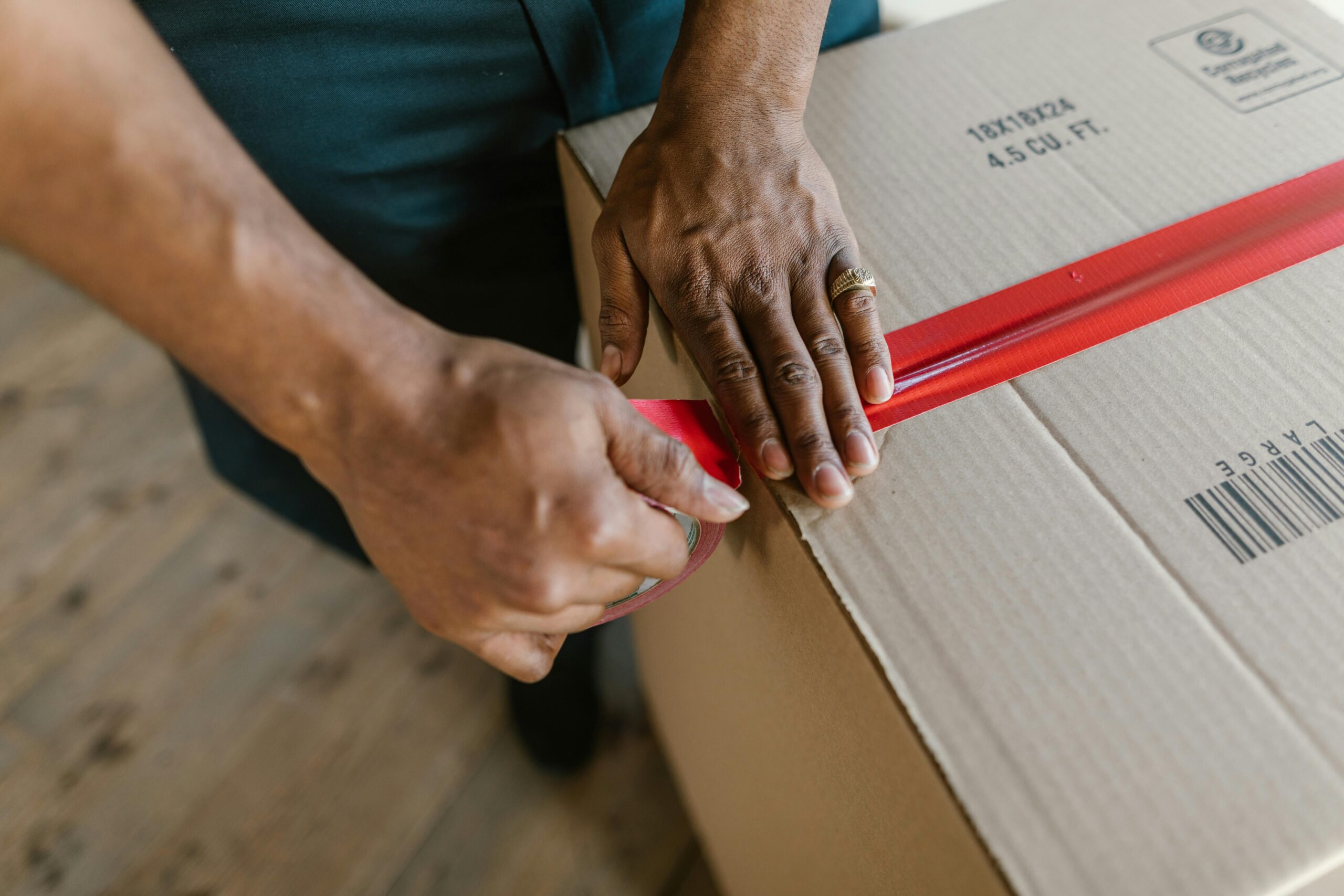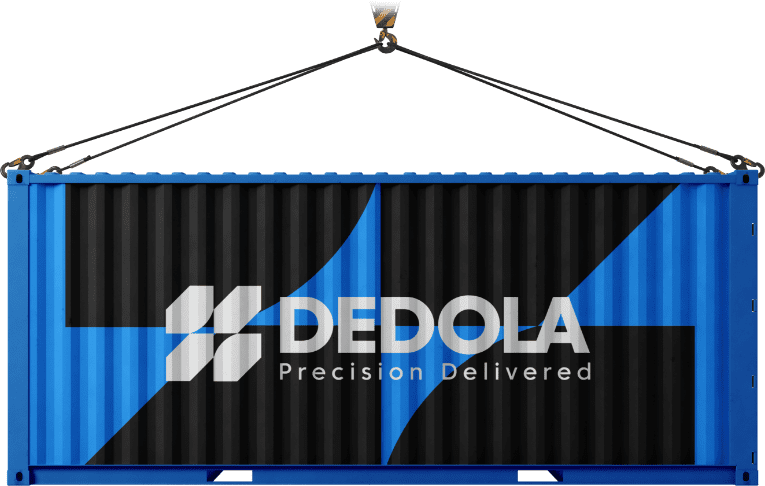What is at stake for U.S. importers sourcing in the EU?
Uncertainty, higher costs, and difficult decisions as two of the largest economies bicker over the price of candy, diapers and catsup begin to rise.
The month began with a scramble as a potentially damaging 30% tariff on European goods was replaced by a 15% baseline—a reprieve, but not a resolution. As importers adjusted to the new norm on August 1, an unexpected twist came on August 7: country-specific reciprocal tariffs resumed, introducing variable hikes based on product origin and category. Simultaneously, the EU agreed to temporarily suspend €93 billion in counter-tariffs. This creates a complex, shifting landscape for landed-cost modeling and logistics planning.
How does the price of staples effect the economy in general? Consumers feel the impact firsthand: essentials like diapers, razors, and candy are pricier as brands such as P&G, Hershey, and Kraft Heinz pass tariff costs downstream.

What are savvy Importers doing?
There’s no time to react—they’re strategizing, and responding:
- Shipments were expedited in early August to bypass the new surcharges.
- Inventory is being pre-positioned in warehouses and 3PLs to outmaneuver upcoming rate surges and congestion.
- Some in-transit shipments are being evaluated for eligibility under prior tariff conditions.
Add in long-term playbooks:
- Re-modeling landed costs to include new duties and surcharges.
- Tracking tariff carve-outs (pharma, auto parts, semiconductors, wine/spirits) still under negotiation.
- Exploring alternative sourcing to reduce EU reliance.
- Leaning on bonded warehousing strategies to defer duties and create operational flexibility.
How is the Economy faring? Inflation is already tightening the screws—July saw import prices jump 0.4%, the steepest increase in over a year, with apparel (+7.4%) leading the charge. That margin squeeze isn’t hypothetical anymore.
Where are the high stakes risks emerging?
- Industrial inputs still face punishing 50%+ tariffs, especially in steel and aluminum—now expanded to derivatives.
- Carve-out negotiations remain unresolved, supply chains for pharma and tech hang in the balance.
- The EU’s retaliation pause is temporary. If talks collapse, duties could return swiftly.
- U.S. court challenges to executive tariff authority add legal unpredictability.
In sum, uncertainty is the new certainty. For importers, flexibility, situational awareness, and proactive planning are critical. DGL’s Duty Drawback Reporting capability helps recover excess duties even amid turmoil.
Key Takeaways
- As of August 1, a 15% baseline tariff replaced the feared 30% hike.
- August 7 saw reciprocal tariffs resume, adding complexity.
- consumer goods are already reflecting increased costs at retail.
- DGL supports importers via bonded warehousing, detailed classification support, and duty drawback strategies.
- Short-term actions this month matter—delays translate directly to lost opportunities.
Frequently Asked Questions: Global Tariff Outlook
Q1: How long will these EU tariffs last? The 15% baseline and any reciprocal surcharges remain until trade negotiations evolve. The EU’s suspension of retaliation runs for six months—after that, escalations are possible.
Q2: Are there sectors still likely to get tariff relief? Carve-outs (for pharmaceuticals, semiconductors, auto parts, wine/spirits) are under active negotiation. Compliance in documentation and origin proofing can position you for favorable outcomes.
Q3: Can I recover duties already paid? Yes—through the duty drawback program. DGL prepares comprehensive reports optimized for customs refund claims.
Q4: What’s the value of bonded warehousing now? It defers duty payment, offers critical time to review classifications or reroute goods, and helps manage cash flow under volatile tariffs.
Q5: How can I reduce future exposure to abrupt tariff shifts? Diversify sourcing (nearshoring, friend-shoring), tighten documentation, and build flexibility via flexible freight and duty planning infrastructure.

About the Author
Michael Goldsmith is Dedola’s VP of Strategic Client Partnerships. With two decades in international trade and customs policy, he enables high-volume importers to navigate tariff volatility, optimize freight modes, and maintain cost control—even in turbulent regulatory environments. Learn more on Dedola’s About page or dive into our Tariff Classification Guide.





